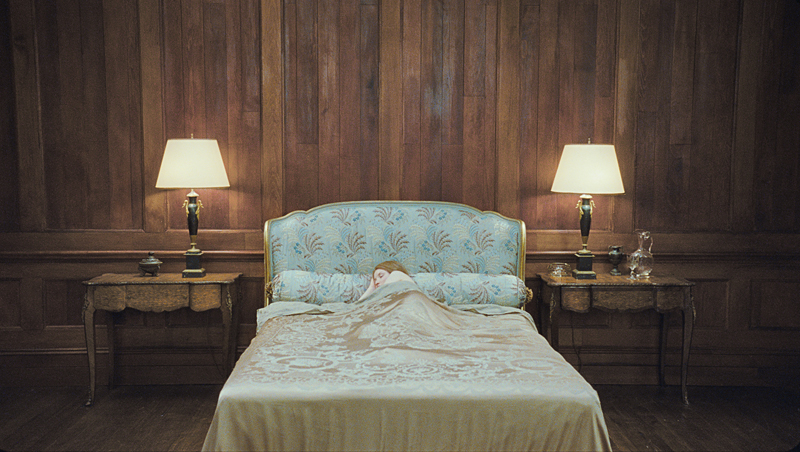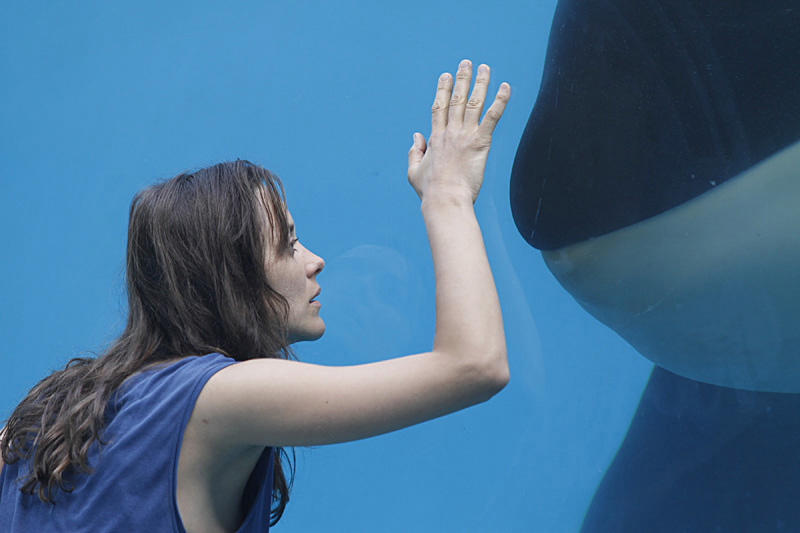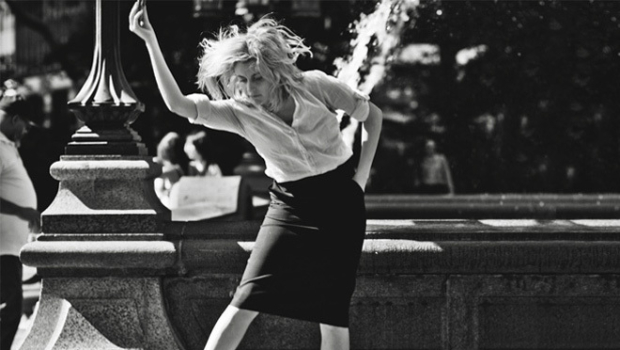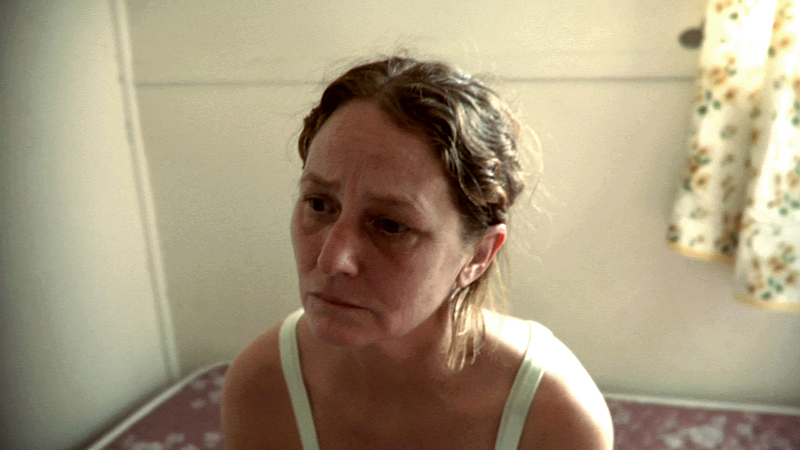Frustratingly opaque, Julia Leigh’s debut feature opens with an unforgettable image: A young woman, earning some cash as a medical-research subject, patiently sits as a long tube is threaded down her esophagus. But sharp as its tableaux might be, Sleeping Beauty never burrows into the brain, and its tenuous provocations fizzle out quickly. That porcelain-skinned sprite we first see is Lucy (Emily Browning), a university student whose penchant for passivity and servility—plus a need for cash—makes her an ideal candidate for wine-pouring at a kinky “silver service” that caters to wealthy geriatrics. Soon, the proprietress of this enterprise taps Lucy for even more specialized, lucrative work: going into deepest, dreamless, drug-induced slumber while the gray-haired clients do whatever they wish with her, though house rules apply: “No penetration, and take care not to leave any marks.” Almost everything that happens to Lucy during her unconscious state remains as mysterious to us as it does to her, with Leigh cutting away after the first few minutes of each encounter. We’re implicitly asked to play out these scenes in our head, which seems less like a challenge than a narrative dead end, with ambiguity becoming unintelligibility. Leigh’s movie, of course, nods to the zonked-out damsel of the fairy tale—a legend subverted much more memorably in Catherine Breillat’s clear, defiant The Sleeping Beauty, released earlier this year. But Leigh’s Sleeping Beauty isn’t a rethinking of the heroine of yore. Wrestling with the myth would require a point of view—a willingness to wake up.
Sleeping Beauty: Definitely Not the Children’s Fairy Tale








